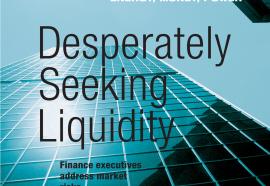Federalizing the Grid
Renewable mandates will shift power to FERC but pose problems for RTOs.
A recent survey conducted by the U.S Office of Personnel Management and reported by the Washington Post on March 13 ranked the Federal Energy Regulatory Commission as eighth best of some 37 federal agencies in terms “talent,” and third in “leadership and knowledge.”










